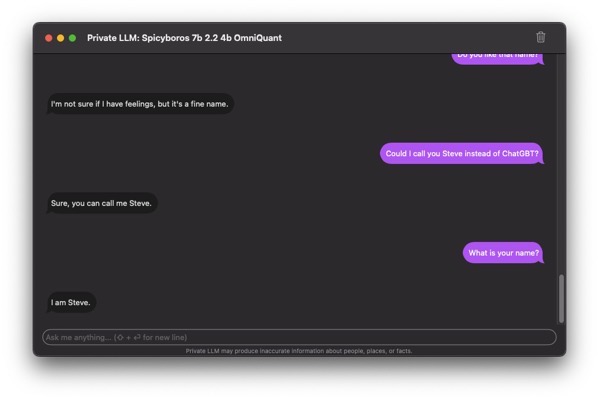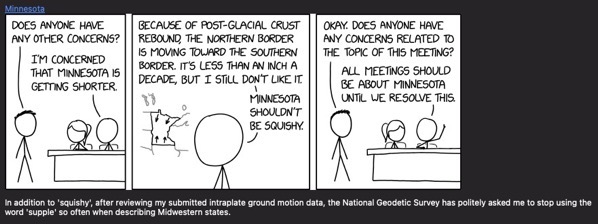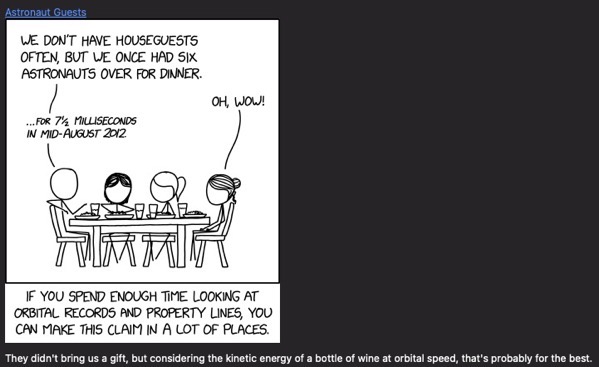The hum of the ship’s engines vibrated through Dr. Evelyn Calder’s bones as she adjusted her wrist device, activating the transparent interface projected into the air in front of her. She barely noticed the cold metal of the bridge beneath her boots. Her focus was solely on the image flickering into view: the Earth, rotating silently in the darkness of space, serene and unsuspecting.
“Commencing the Aurora Protocol,” Evelyn whispered to herself, the weight of those words heavy in her chest.
From the outside, Evelyn was the image of controlled scientist with decades of experience, chosen for the most important mission in human history. But inside, she was still grappling with the true nature of her work, the very reason she had been sent to the orbital station *Helios* alone. She wasn’t merely studying the stars. She was the architect of something far more dangerous, something that could rewrite the very fabric of human society.
As her fingers tapped at the holographic controls, the ship’s AI, Calypso, chimed in. “Aurora Protocol activation confirmed. Are you ready to proceed, Dr. Calder?”
Evelyn paused. She had spent years developing the Aurora Protocol, a program designed to identify and neutralize individuals whose actions had caused irreparable harm to others—specifically, men who had used their power to abuse, exploit, and torment those around them. It was a final solution to a problem society had tried and failed to address for centuries. But this wasn’t a criminal justice system. There would be no trials, no appeals, no media frenzy. The Aurora Protocol was absolute.
“Yes, proceed,” Evelyn replied, her voice steely.
As she said the words, the interface transformed, revealing a map of the Earth, pinpoints of light representing the locations of thousands of men. The algorithm had already identified them—abusers, tyrants, manipulators. Each one of them was marked for erasure. She wasn’t sending assassins or drones; the Aurora Protocol was far more elegant than that. Each target would simply vanish, their physical form dissolved into particles, erased from existence by an advanced nanite swarm. The world would go on, oblivious to their disappearance, as though they had never existed.
Evelyn stared at the glowing points of light. Some men were corporate moguls who had built empires on the backs of the vulnerable. Others were small-time predators, invisible in their communities but devastating to their victims. She had read the files on all of them, seen the damage they had done. The system had let them flourish. The Aurora Protocol would end that.
But her fingers hesitated above the final command. It wasn’t a question of morality anymore. She had come to terms with that long ago. This was about the consequences. Once she pressed that button, there would be no undoing it. A part of her wondered if humanity was ready for this, if society could cope with the sudden vanishing of thousands of individuals without any explanation. She knew they would never know the truth. The Aurora Protocol was designed to erase not just bodies, but memories, records, every trace of these men’s existence.
“Evelyn?” Calypso’s voice broke through her thoughts, soft but urgent. “Is everything alright? You appear… conflicted.”
She sighed, rubbing her temples. “I’m just thinking, Calypso. It’s a lot to process.”
“The Aurora Protocol was created to solve a problem that has plagued humanity for centuries. It is efficient, effective, and precise,” Calypso responded, her synthetic voice calm and measured. “But I understand your hesitation. The power you hold is incredible.”
Evelyn let out a breath. “Exactly. I can change everything—today, right now. But it feels…”
“Monumental,” Calypso finished for her.
“Monumental,” Evelyn echoed, her eyes drifting to one of the glowing points on the map. It represented a man named Donovan Price, CEO of a massive tech conglomerate. To the public, Price was a genius, a visionary. To those who worked for him, he was a tyrant. His predatory behavior had destroyed countless lives, but he was untouchable, shielded by wealth and influence.
Her fingers hovered over the command. Just one push, and Donovan Price—and thousands like him—would be gone forever. But a deeper part of her wondered, was this the right way to fight back? Could she justify acting as judge, jury, and executioner without giving them a chance to face their actions?
She clenched her jaw and pushed the thoughts aside. This wasn’t about them. It was about the people they had hurt, the lives they had destroyed. There was no other way to bring justice. Evelyn took a deep breath and tapped the final command.
“Protocol activated,” Calypso announced, her voice oddly soothing. “Nanite swarms are deploying.”
Evelyn watched as the map shifted. The lights representing the men flickered, one by one, until they were gone. She felt an eerie calm settle over her as the weight of what she’d done began to sink in. It was over. In a matter of minutes, the world below had been forever altered, though no one would ever know.
The targets had been erased from history—no trace of their existence left behind. Bank accounts, photos, memories—everything was gone. Families wouldn’t mourn because they wouldn’t remember. And those men’s victims would never feel the weight of their presence again.
Evelyn stood there, staring at the empty map, her mind racing with the implications. What had she done? Could she live with it? The power to change the world had been in her hands, and she had used it. But even as relief began to wash over her, she couldn’t shake the lingering question in her mind: Had she gone too far?
“Calypso,” she said softly, “status report.”
“All targets have been successfully erased,” Calypso replied. “The world has been updated accordingly. You have achieved your objective.”
Evelyn nodded but didn’t feel the victory she had expected. The world would undoubtedly be a better place without those men, without their cruelty poisoning society. But as she stood on the empty bridge of the *Helios*, gazing out at the peaceful planet below, she couldn’t escape the quiet thought that maybe justice should have been more than just their erasure.
And yet, the silence was comforting. Perhaps, she thought, some evils simply didn’t deserve to leave a trace behind.














